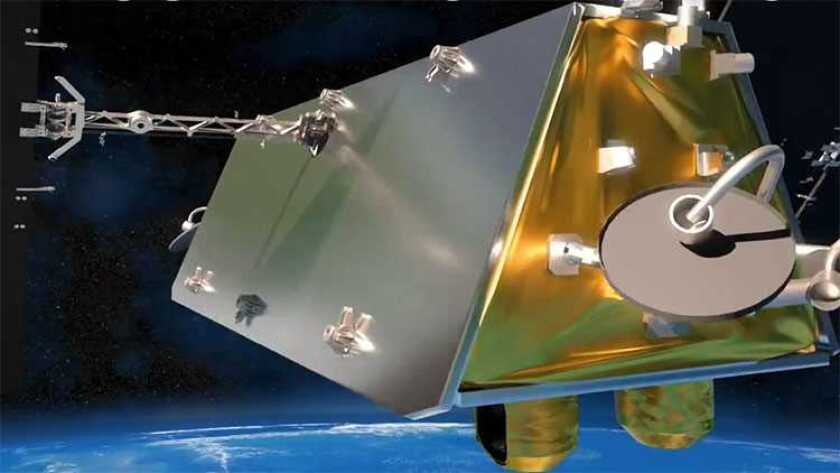The company already has 15 geostationary satellites providing TV relay, but is planning its Lightspeed low Earth orbit (LEO) network, which is still two years away from its first launch.
But Telesat says that joining MEF — formerly the Metro Ethernet Forum — is a sign that users will be able to integrate existing networks.
Erwin Hudson, Telesat’s VP for LEO, said: “We are eager to engage with the MEF community to address the industry’s business challenges and digital transformation.”
MEF president Nan Chen said: “We welcome Telesat as the newest addition to our growing, vibrant community of MEF members who are working to progress our MEF 3.0 Global Services Framework.”
Hudson added: “Telesat Lightspeed was developed with the enterprise needs of MEF members in mind, and through our involvement and partnership we can be sure that we continue to enhance our network while supporting the telecom industry.”
Telesat said it is building the advanced features that enterprise customers, telecoms operators and service providers require, “and its involvement with MEF will enable members to seamlessly integrate with the Telesat Lightspeed network to enhance their network coverage, performance and profitability”.
However Lightspeed will be competing with SpaceX’s Starlink LEO operation, which is already providing service, and OneWeb, which plans to launch services from later this year through into mid-2022. Amazon is also nursing its Project Kuiper LEO plans.
Telesat’s MEF announcement follows a statement two weeks ago that it was working with a cloud consulting, managed services and software company, CloudOps, to build Telesat Lightspeed Cloud.
The agreement includes the design and development of the cloud infrastructure, cloud-native data platforms, and system operations optimised for Telesat Lightspeed, said Telesat.






